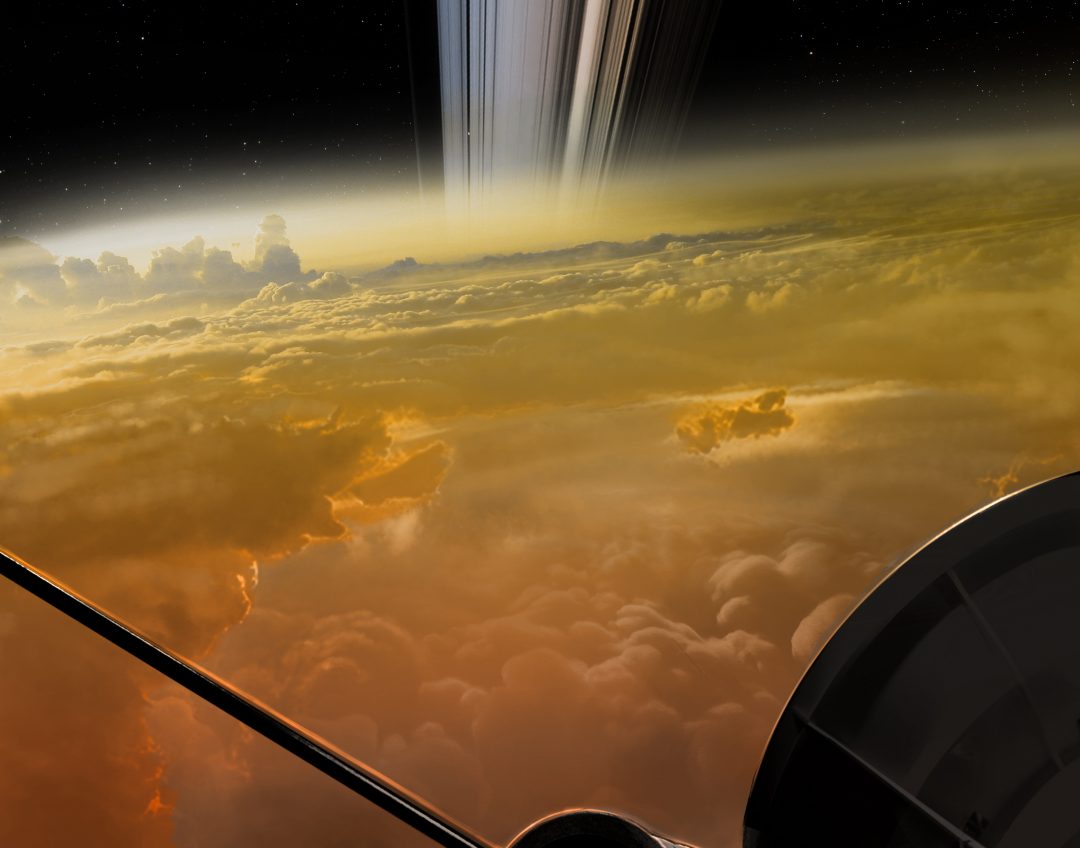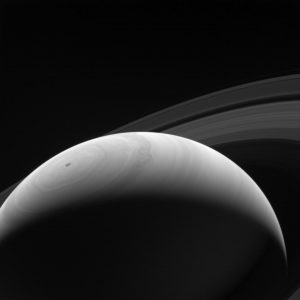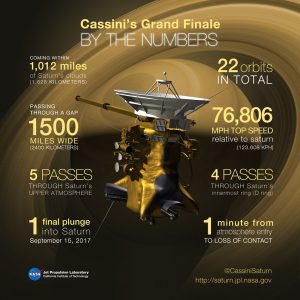With countless pictures and data, the Cassini spacecraft has changed the way we loo at space and space travel, but now it’s dropping to its end.
Since it first launched into space in 1997, nearly 20 years ago, the Cassini spacecraft has revolutionized how we see space and other planets, as well as changed what we believe about life beyond Earth.
It has sent back images and date on Venus, Jupiter, and Saturn, as well as Saturn’s moons – Phoebe, Dione, Hyperion, Rhea, Iapetus, Titan and Enceladus.
However, Cassini is up for its last trip before retiring from service. After 13 years orbiting the planet, the 6.7-meter tall spacecraft will conclude its mission on September 15, 2017, when it crashes down into Saturn. But before then, it has one more mission, 22 very dangerous drops through the planet’s rings.
It already made it through the first set of rings, where it came back online after the NASA lost contact with the craft, and sent back the closest ever images of Saturn.
While scientists were positive the craft would make it through, they had to prepare for the worst since the journey has never been done before.
The leap took only 78 minutes, but has sent back so much data after coming back in touch with Earth, it will take decades to interpret it all.
NASA has put up all of the raw images on their website’s special photo feed, where anyone can visit and have a look at some of the most amazing pictures from our solar system.






